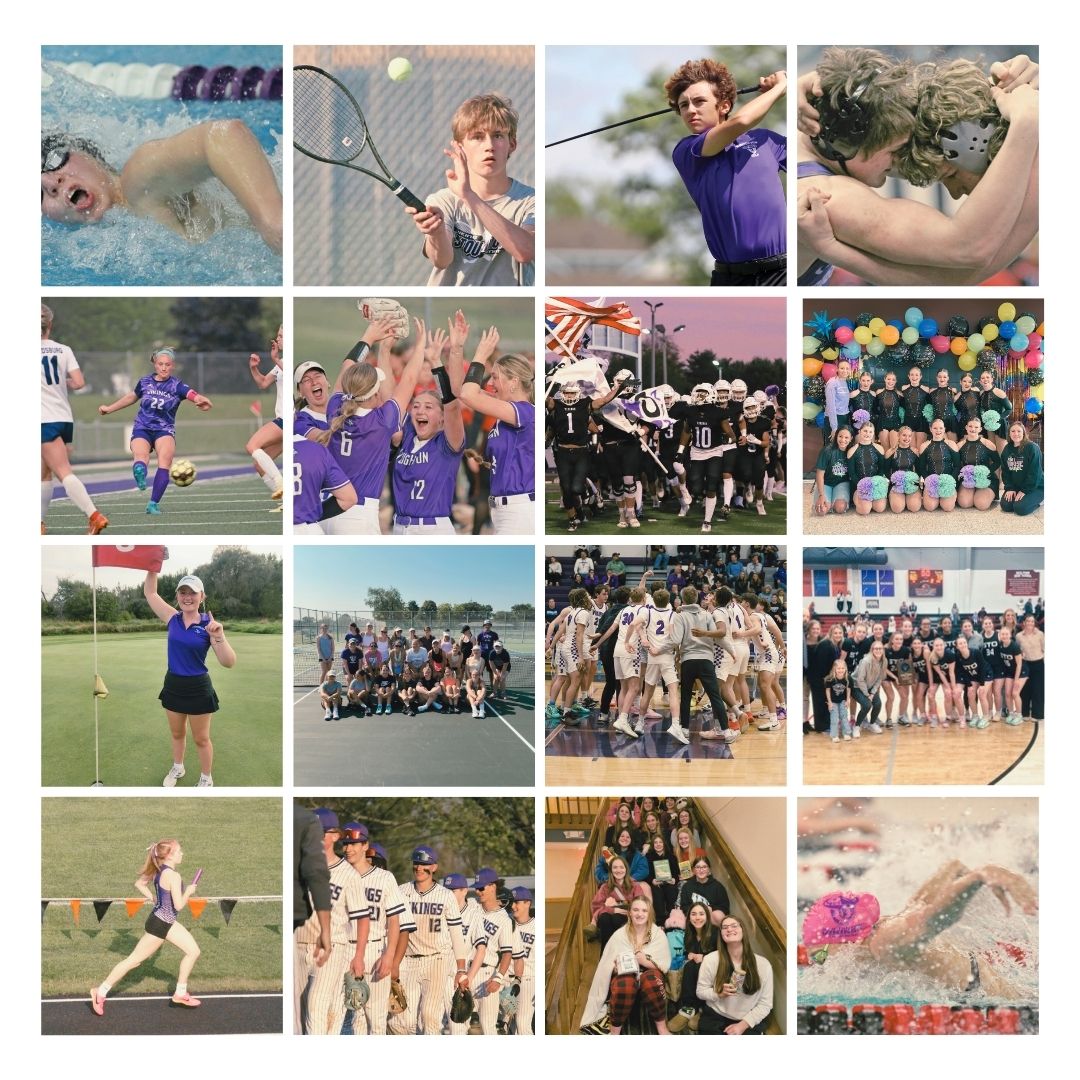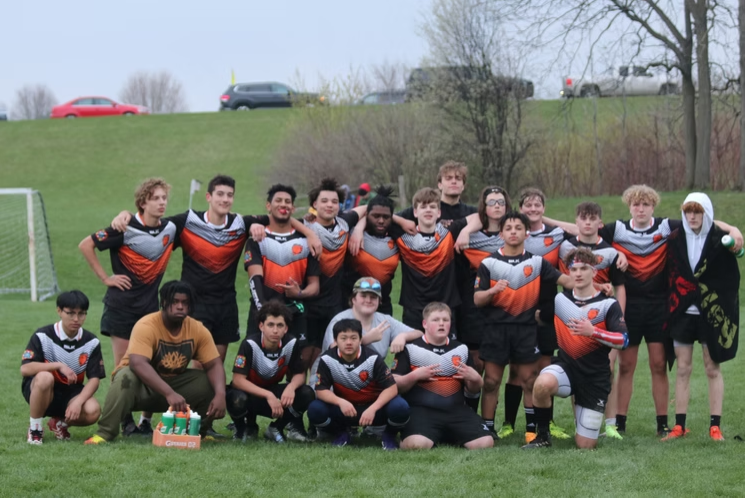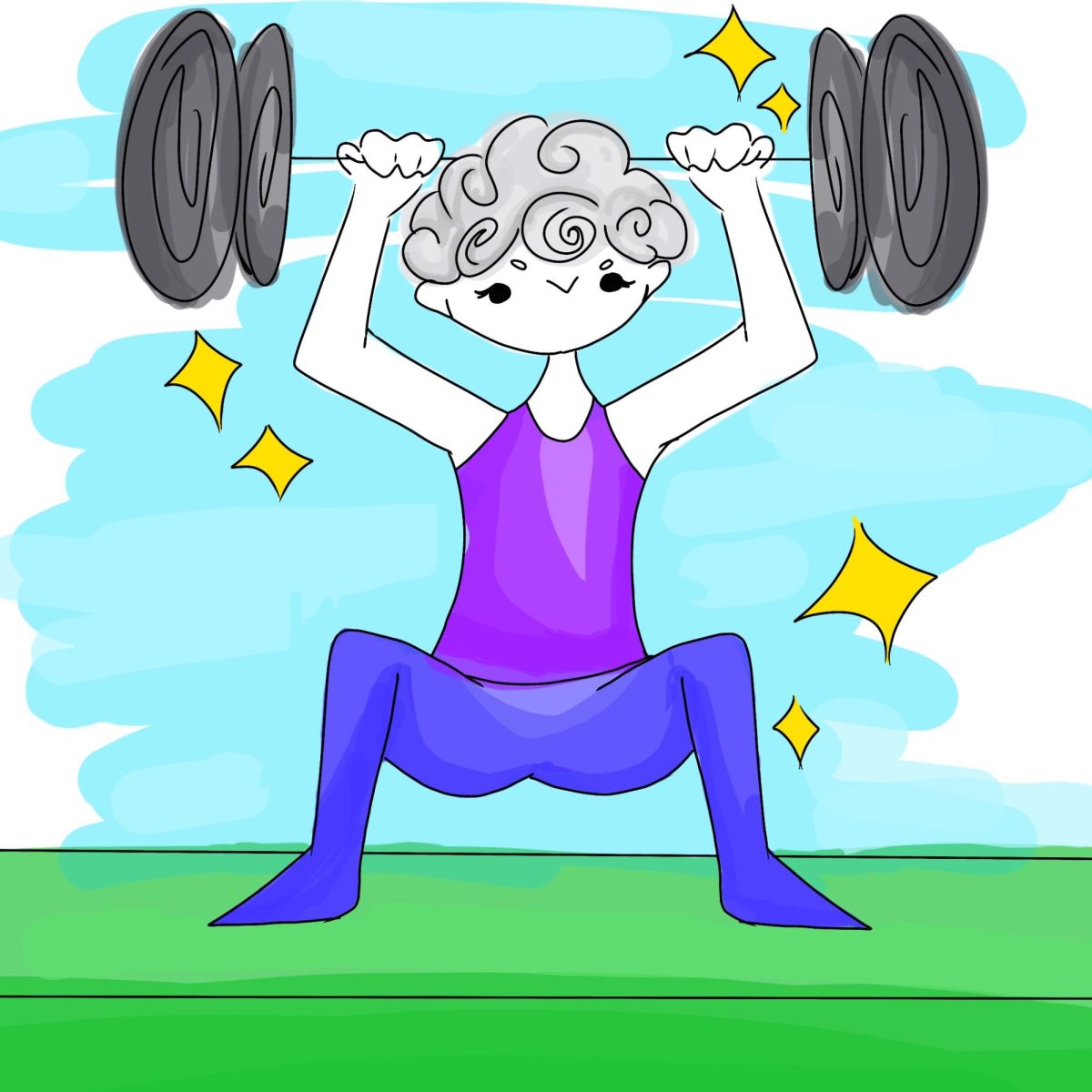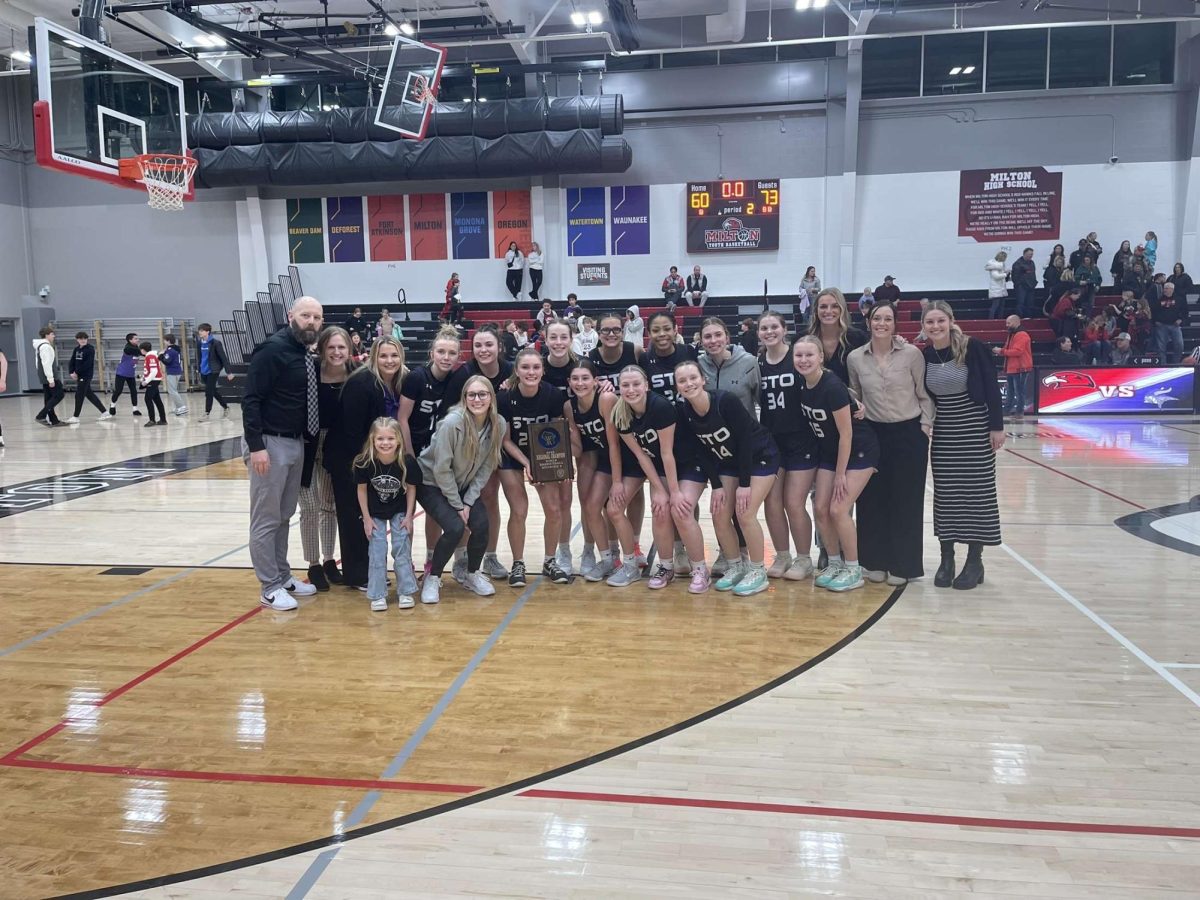Before July 2021, college athletes were not allowed to receive compensation from third-party companies for their Name, Image, and Likeness (NIL). Since 2021, athletes have only been able to make money through sponsorships, brand deals, and other contracts with third-party companies. However, this may all change due to a lawsuit against the National Collegiate Athletics Association (NCAA) that would require schools to give athletes a portion of the profit from TV broadcast deals, ticket sales, and sponsorship revenue to be shared with the athletes.
In 2020, former Arizona State swimmer Grant House and TCU womens basketball player Sedona Prince sued the NCAA for restricting athletes from earning NIL money. The lawsuit later turned to raise concerns for a post-NIL world after the NCAA started allowing NIL deals in 2021.
The lawsuit ended with a settlement instead of going to trial. The NCAA gets one thing from the settlement: athletes who choose to participate in the future revenue-sharing agreement will not be able to sue the NCAA, which will give it some protection.
The settlement has two significant parts: back pay to former athletes and the framework for future revenue sharing between schools/conferences and athletes. The back pay agreement of $2.8 billion is meant to pay back current and former athletes as far back as 2016 for the money they missed out on from NIL deals. Around 90% of the $2.8 billion is predicted to go to Power 5 conferences (ACC, Big Ten, Big Twelve, PAC-12, and SEC) football and mens basketball players.
The settlement agreement requires all Power 5 conference schools to share about 22% of their media rights, ticket sales, and sponsorship deals with student-athletes. The current proposal is a spending cap of $22 million annually. Schools can decide how much they want to pay athletes if it does not exceed the $22 million cap.
The 22% revenue-sharing agreement is in addition to NIL deals. Meaning athletes could make money through brand sponsorships and campaigns, alongside the money they would receive from the school.
Apart from the future revenue-sharing agreement and back pay for former athletes, the lawsuit also introduced the change from scholarship limits to roster limits. Starting in the 2025-26 season, all varsity athletic teams will have a roster limit of how many athletes they can have on the team. Previously, each sport was allowed to have an unlimited number of athletes but only had a certain number of scholarships allocated to it.
For example, the UW-Madison football team had 85 scholarships for its 100-120 athlete roster. Instead of being limited to 85 scholarships, their roster can only have 105 athletes, but they can give scholarships to every player, which allows for more players to get scholarships across every NCAA sport. Yahoo Sports reports that around 790 scholarships will be added because of the settlement.
However, non-revenue sports like track and field, swimming and diving, and wrestling are at risk of being cut. The revenue sharing and addition of more scholarships have left some schools wondering how they will afford it all, which could result in less investment in non-revenue sports and fewer scholarships.
Some schools are already experiencing challenges due to the new requirements. St. Francis University in Pennsylvania recently announced that its varsity sports moved from competing in NCAA Division I to Division III. In their press release from March 25, the school stated, “The governance associated with intercollegiate athletics has always been complicated and is only growing in complexity based on realities like the transfer portal, pay-to-play, and other shifts.”
The Lawsuit has also impacted Cal Poly’s Swim & Dive team. On March 7, the university announced that it would discontinue its men’s and women’s swim and dive teams. In a letter, the university president, Jeffery Armstrong, stated, “Cal Poly is not immune to the rapidly evolving and changing NCAA Division I landscape, which presents many challenges and uncertainties for collegiate athletic programs. The House v. NCAA lawsuit…will have a significant financial impact—resulting in a loss of at least $450,000 per year for our programs.”
The final hearing for the trial took place on April 7, but the judge has not yet approved the settlement.
The settlement addresses several issues surrounding college athletics but does not include anything about possible Title IX uncertainties, payment allocation, or employment. The House v. NCAA lawsuit and settlement have impacted thousands of student-athletes and programs nationwide. It will continue to affect the landscape of collegiate athletics for years to come.
Categories:
House Settlement Impacts College Sports

0
More to Discover
About the Contributor
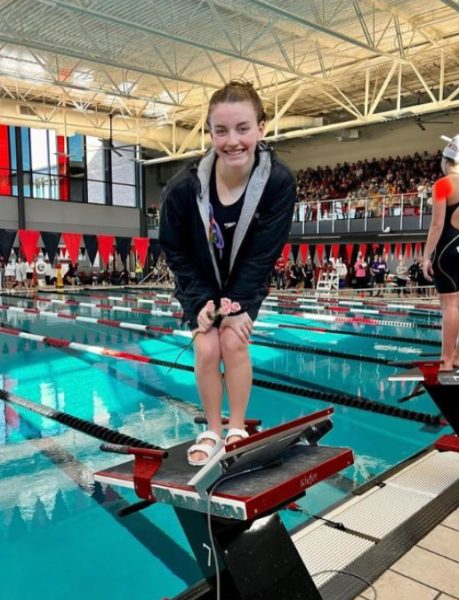
Ainsley Gerard, Arts and Entertainment Editor
Ainsley is a junior, and this is her second year on staff as the A&E Editor! She joined the Norse Star because she enjoys writing and researching topics that are new and interesting. Outside of the Norse Star, Ainsley is involved in swim, link crew, student senate, and key club. Besides school activities, she likes to read, travel, swim, watch sports, and spend time with family and friends. After high school, she hopes to attend college, where she will major in Psychology and later become a Psychologist!


